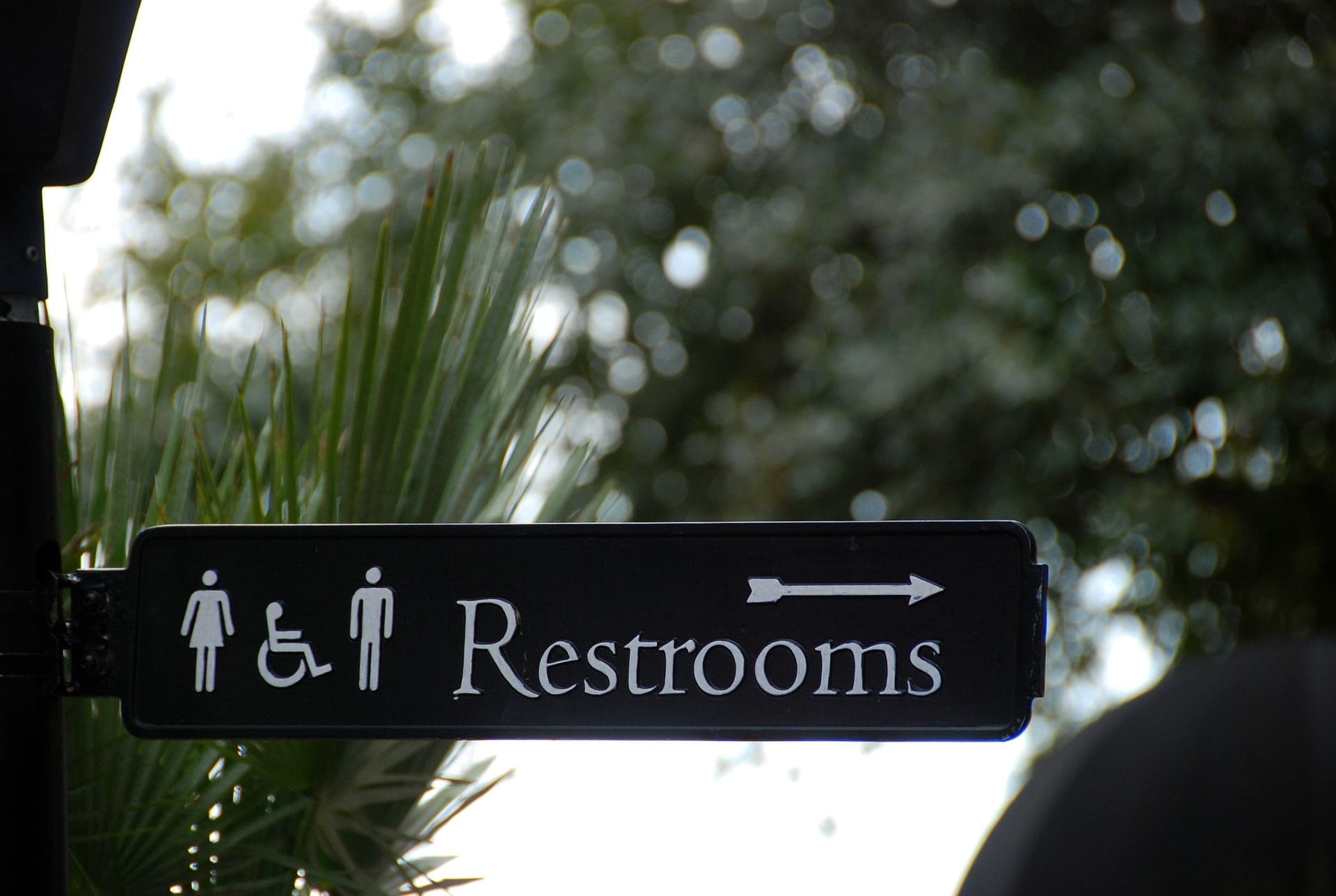A few years ago, after tearing my hamstring in a race, I was unable to run for six weeks. I paid a visit to a physical therapist for treatment, who suggested I try pool running. At the time, I didn’t know much about pool running. My physical therapist, Dr. Eric Hoppe, said, “Everything about pool running duplicates running on land, with water providing equivalent resistance to arms and legs, simulating any running experience you do, from 100-metre sprint to 20-mile run.”
There are many benefits to pool running, the most common being the reduction or elimination of ground forces to reduce body impact experiences. Pool running allows a person to practice proper running mechanics and neuromuscular coordination of running in a more protected environment.
Mike Moon, an accomplished runner with 13 Boston Marathon finishes to his credit, is a certified coach at the University of British Columbia and author of the book, Deep Water Exercise for High Performance Sport. Moon has helped National Hockey League player Mattias Ohlund rehabilitate his injuries in the pool. He also helped master’s marathon runner John Moe to make the podium at Boston when he developed plantar fasciitis less than three months before the 2005 race.
Pool running her way to the Olympic podium was Lynn Kanuka, who won a 1500-metre track bronze medal in 1984 at the L.A. games. Kanuka, who’d suffered a stress fracture while training, began pool running on the advice of her pioneering coach, Dr. Doug Clement, making it part of her daily regime. To this day she still water runs regularly.
She suggests, “As long as your technique copies your walking or running form. A belt or vest so that you are comfortable in the water and able to stand tall, shoulders square, arms bent at 90 degrees, forward and back in a running form, legs in a nice wide range of motion, being sure to really pull with those hamstrings and extend toward the back to complete each step.”
She adds, “I trained super hard in the water, doing the exact workouts I would have done on land: for example 10 x 400m on land would equate to basically 10 x 1min. efforts in the water, with a one minute recovery–half what it would have been on land because with the water pressure your heart rate does not rise up as high, and the recovery is quicker.”

